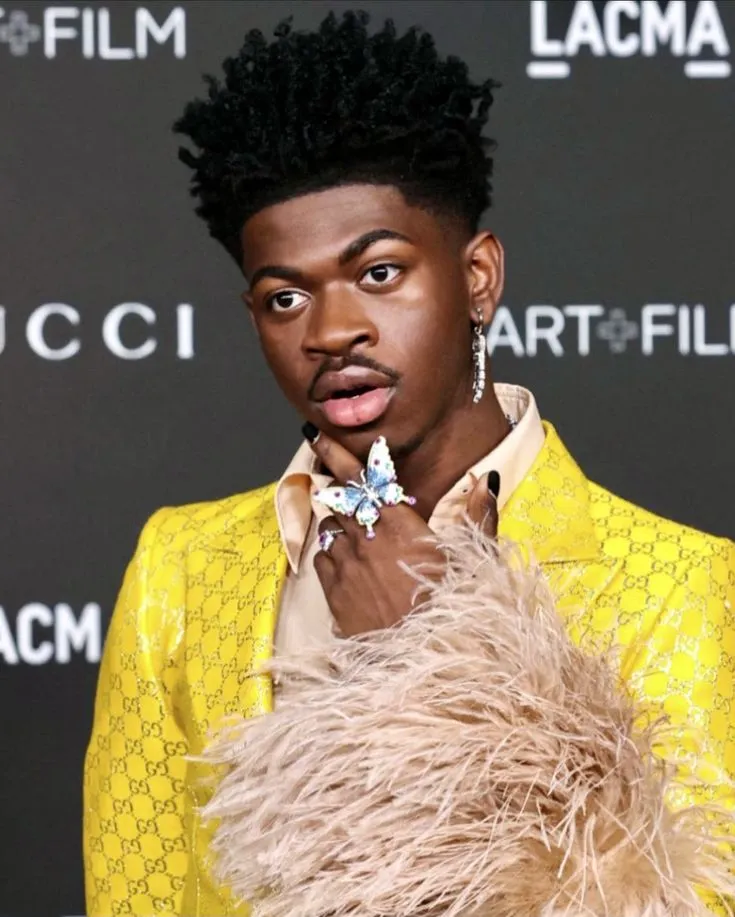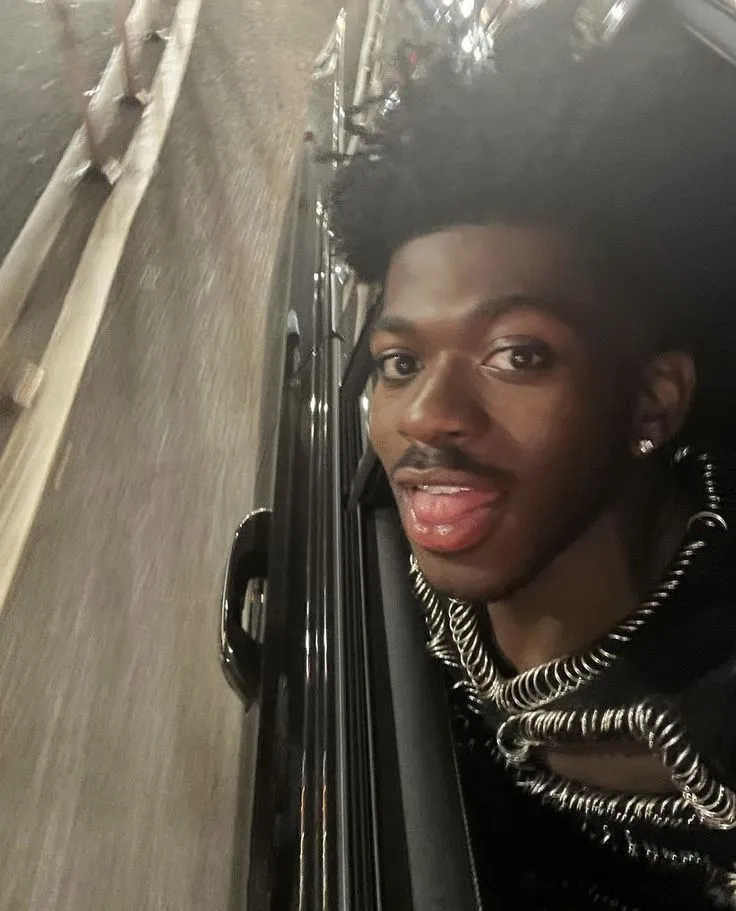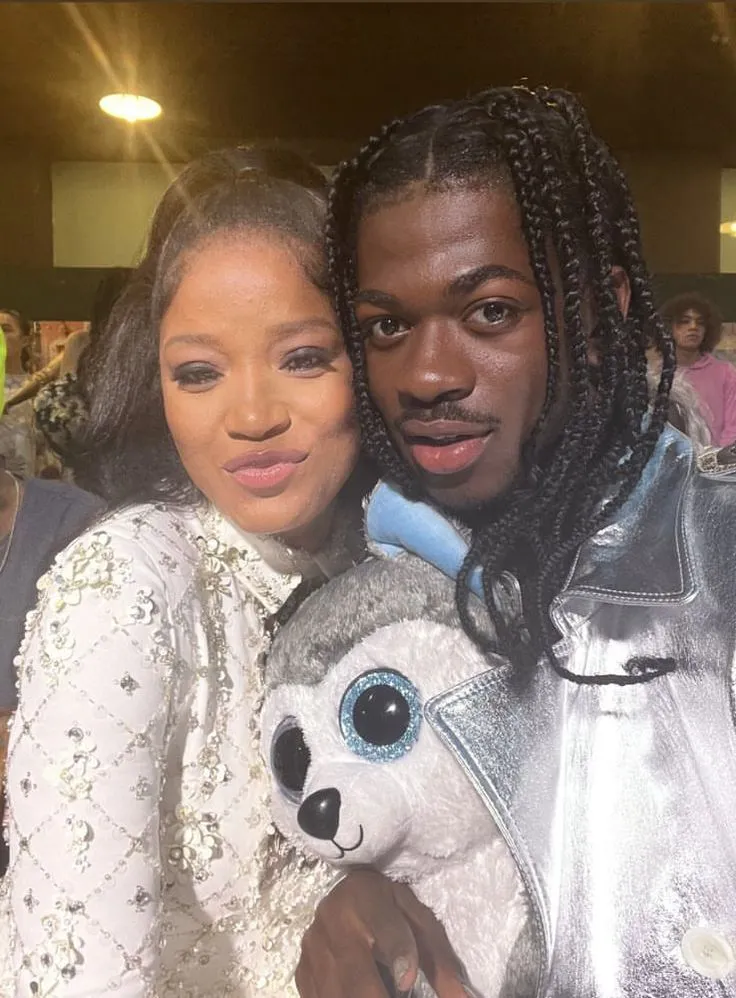

How Lil Nas X Turned ‘Cute’ Into a Cultural Revolution
When Lil Nas X first emerged on the music scene, few could have predicted the seismic cultural shift he would create. What began as a viral sensation with Old Town Road quickly transformed into something far more significant—a full-blown revolution in music, fashion, and identity.
But there’s one word that seems to follow him everywhere: cute.
His visuals? Playful, vibrant, and dripping with irony.
His personality? Witty, charming, and unapologetically bold.
His influence? Far beyond just music—he’s shaping the way we perceive masculinity, queerness, and self-expression in pop culture.
But how did Lil Nas X turn something as simple as “cute” into a weapon of cultural rebellion? How did he redefine what it means to be a pop star in a world that still struggles with breaking societal norms?

Beneath the surface of his meme-worthy humor and dazzling performances, there’s a deeper story—one of strategy, defiance, and a mastery of reinvention.
The Birth of a Pop Icon: From Internet Troll to Superstar
The Power of Virality
Lil Nas X’s career didn’t begin in a recording studio—it began online, in the chaotic world of Twitter memes and internet culture. Before he was topping charts, he was crafting viral tweets, understanding exactly what made people click, share, and engage.
Then came Old Town Road—a song that didn’t just go viral, but completely shattered industry rules.
-
It blurred genre lines, fusing country with hip-hop.
-
It sparked controversy, with Billboard controversially removing it from the country charts.
-
It was inescapable, thanks to an explosion of TikTok challenges and remixes.
But this wasn’t just luck. Lil Nas X knew how to control the internet—he turned controversy into curiosity, memes into momentum, and virality into cultural dominance.
By the time he dropped MONTERO (Call Me By Your Name), it was clear: he wasn’t just playing the game—he was rewriting the rules.
Reclaiming ‘Cute’ as a Form of Power
For decades, mainstream male artists were expected to fit a narrow mold—stoic, hyper-masculine, and resistant to anything considered ‘soft’ or ‘cute’.
But Lil Nas X flipped that script completely.
-
He embraced feminine-coded aesthetics, from pink cowboy suits to butterfly wings.
-
He played with camp, irony, and exaggeration, making ‘cute’ feel rebellious.
-
He used humor and charm as a way to disarm critics and command attention.
By doing this, he reclaimed cuteness as power. He transformed what could have been dismissed as lighthearted fun into something subversive and defiant—a direct challenge to outdated norms.
The ‘MONTERO’ Effect: When Cute Becomes Dangerous
Breaking Boundaries with ‘MONTERO (Call Me By Your Name)’
Then came the moment that changed everything: the release of MONTERO (Call Me By Your Name).
-
A music video featuring Lil Nas X seducing the devil?
-
Biblical imagery fused with bold LGBTQ+ storytelling?
-
A visual spectacle that sent conservative critics into a meltdown?
It was cute. It was provocative. It was genius.
The song was more than just a hit—it was a declaration. Lil Nas X wasn’t here to play it safe. He wasn’t going to tone himself down or make his queerness palatable for mainstream audiences. Instead, he made it the centerpiece of his art.
This boldness terrified some but electrified an entire generation. And he didn’t stop there.
Satan Shoes & the Art of Cultural Disruption
Right after MONTERO exploded, Lil Nas X dropped the infamous “Satan Shoes”—Nike Air Max 97s customized with pentagrams and a drop of human blood.
-
Outrage ensued. Lawsuits were filed.
-
Nike distanced itself from the stunt.
-
Conservative media went into full panic mode.
And what did Lil Nas X do? He laughed. He trolled. He turned controversy into a marketing strategy.
Rather than retreating from backlash, he leaned into it—proving once again that he wasn’t just a musician. He was a cultural architect, pulling the strings of public discourse with every move.
The Future of Cute: Lil Nas X’s Lasting Impact
The Industry Has No Choice but to Adapt

What Lil Nas X has done isn’t just about music—it’s about forcing the entertainment industry to evolve.
-
He made queerness mainstream in hip-hop and pop, a space that was once notoriously unwelcoming.
-
He blurred the lines between masculinity and femininity, proving that artists don’t have to choose one or the other.
-
He showed that controversy can be controlled, and that playing into outrage can actually fuel success.
Now, a new generation of artists—from Doja Cat to Bad Bunny—are following in his footsteps, embracing a playful, boundary-breaking style that might not have been possible without Lil Nas X’s fearless approach.
What’s Next?
With every project, Lil Nas X reinvents himself, keeping fans guessing. So what’s next?
-
A return to country to reclaim the space that once rejected him?
-
A foray into film, fashion, or political activism?
-
A sound even more experimental than before?
One thing is certain: he’s far from finished.
Lil Nas X and the Cultural Revolution of ‘Cute’
At first glance, Lil Nas X’s brand of cute seems lighthearted, humorous, and fun. But dig deeper, and you’ll see something far more powerful: a cultural shift in real-time.
He has weaponized cuteness as a form of resistance. He has turned charm into a tool of subversion. And he has proven that an artist doesn’t have to be serious to seriously change the world.
The revolution is here. And at the center of it all? A pink cowboy hat, a knowing smirk, and a fearless vision for the future.


















